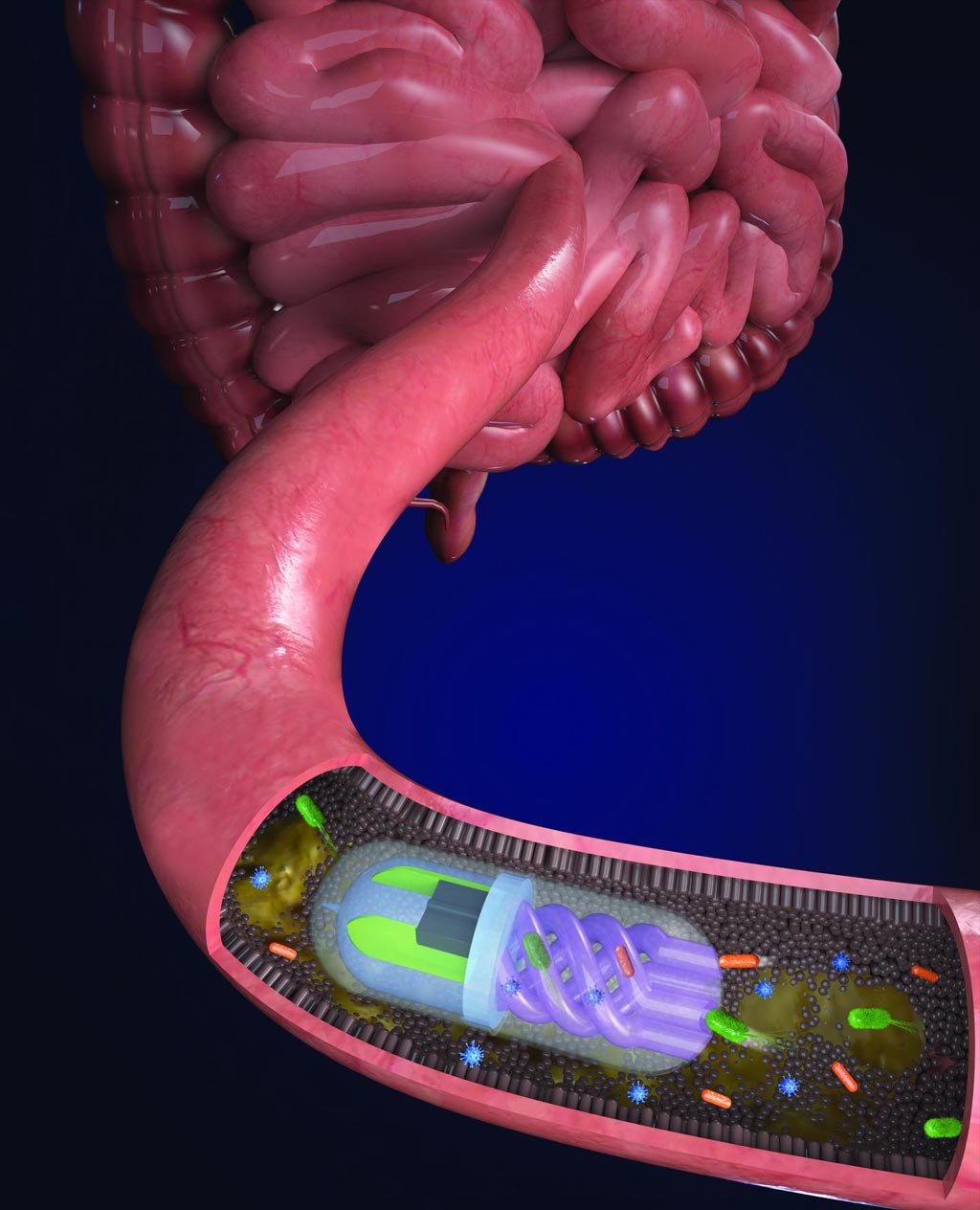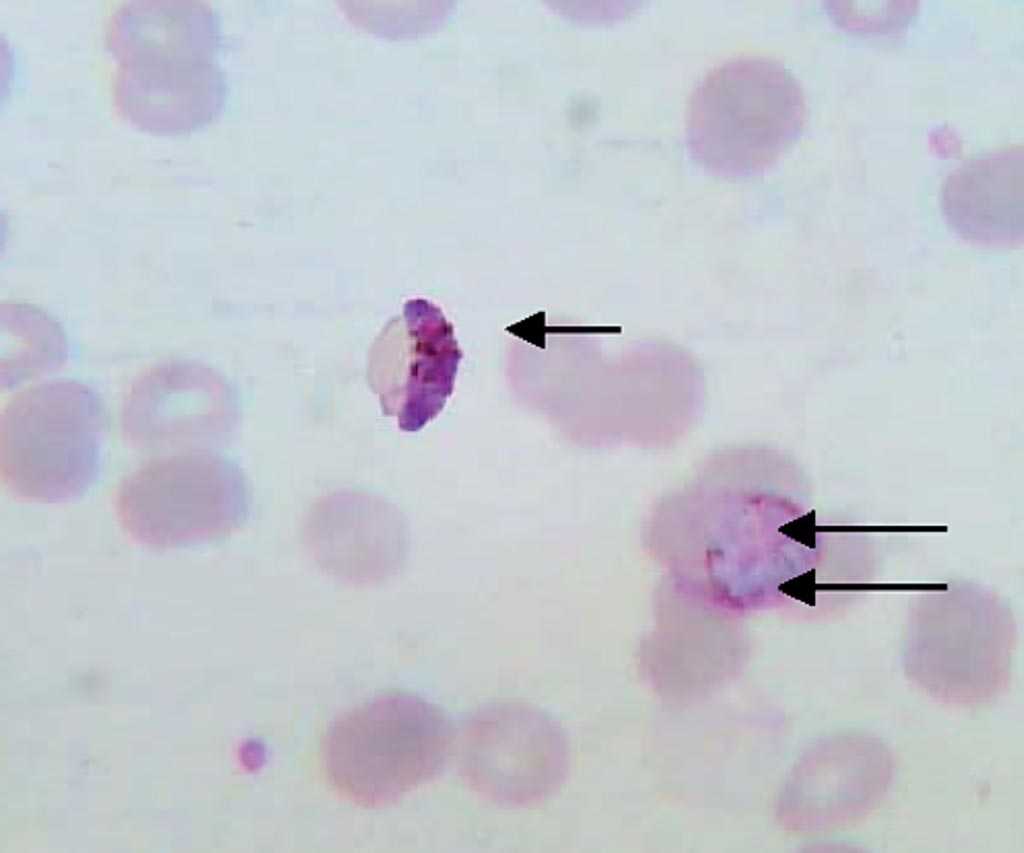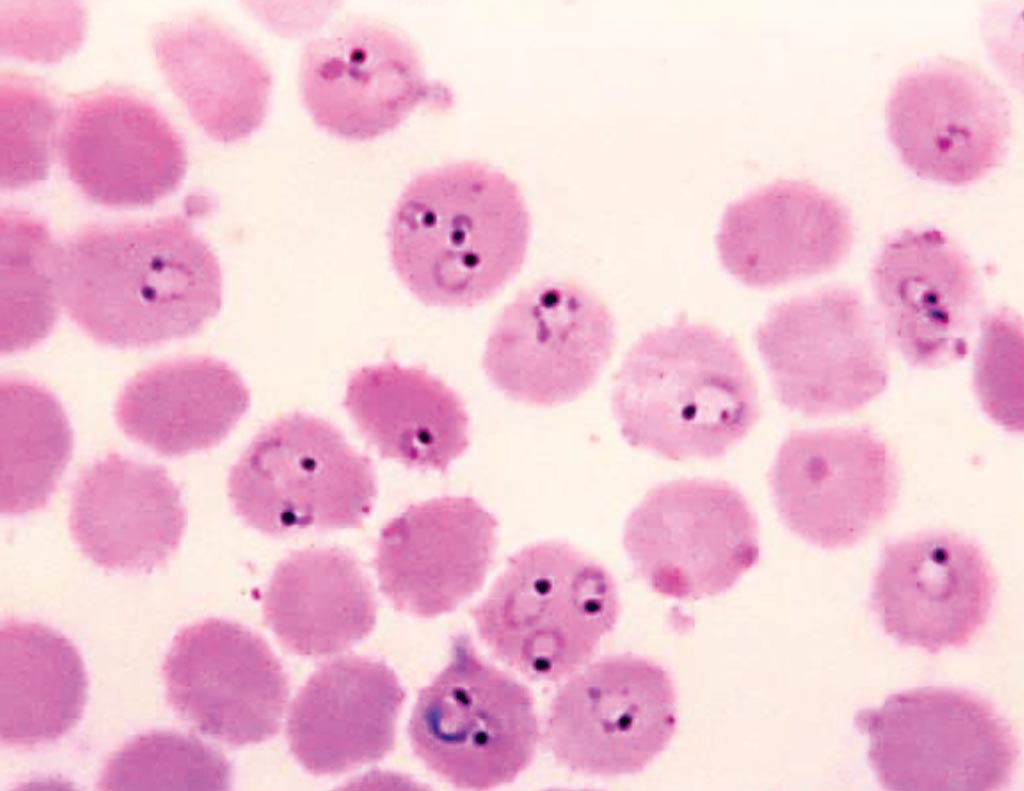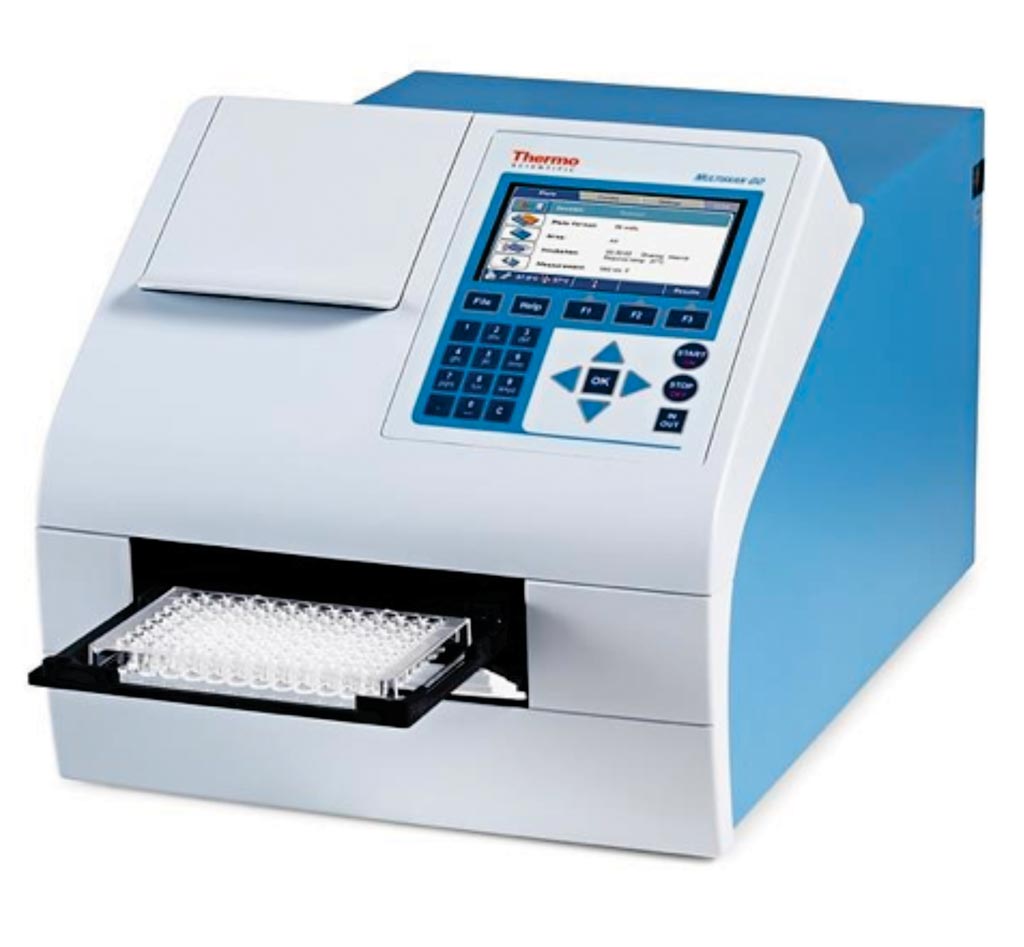Microbiology

Novel Diagnostic Device Profiles Population of Gut Microbiome
Researchers used a three-dimensional (3D) printer to manufacture a novel pill-like diagnostic tool capable of profiling the bacterial species comprising the gut microbiome in the critical area between the stomach and the colon. More...05 Aug 2019

Multiplex PCR Developed for Neglected Infectious Diseases
Scrub typhus, murine typhus, and leptospirosis are diagnosed as acute undifferentiated febrile illness. Diagnostic tests for these diseases depend on antibody detection. However, antibody detection is still limited by its tendency to return negative results during the early phase of these diseases. More...01 Aug 2019

Clostridioides difficile Contamination Uncovered in Clinical Lab
Clostridioides (formerly Clostridium) difficile infection is one of the most common hospital-acquired (nosocomial) infections and is an increasingly frequent cause of morbidity and mortality among older adult hospitalized patients. C. difficile is a spore-forming, Gram-positive anaerobic bacillus that produces two exotoxins: toxin A and toxin B. More...01 Aug 2019

Rapid Diagnostic Panel Used for Pediatric Musculoskeletal Infections
The findings from a retrospective analysis suggested that the use of a rapid musculoskeletal diagnostic panel, or MDP, could have shortened the time it took to identify the cause of infection, provide appropriate antibiotics and reduce the length of stay for children in hospital. More...31 Jul 2019

Submicroscopic Malaria Prevalence Reported in Immigrants
Malaria remains the most important parasitic infection for humans, causing about 2,000 deaths per day, especially in African children younger than five years old. The importance of submicroscopic malaria infections in high-transmission areas could contribute to maintain the parasite cycle. More...30 Jul 2019

Gene Deletions Affect Rapid Diagnostic Tests for Malaria
Prompt and accurate diagnosis of malaria is crucial for malaria case-management and control and elimination programs. While malaria diagnosis was historically based on symptoms alone, guidelines state that parasite-based diagnosis of malaria should be confirmed before treatment is given. More...25 Jul 2019

Methods Evaluated to Detect Asymptomatic Visceral Leishmaniasis
Visceral leishmaniasis (VL) is caused by Leishmania infantum [synonymous L. chagasi] in the New World or L. donovani in the Old World, VL can be classified as an anthroponotic or zoonotic disease because it is transmitted between humans and others mammals, such as dogs. More...24 Jul 2019
In Other News
Immune Molecules Expressed Inside Mycetoma Lesions
T Cell Antibody and Memory in H7N9 Survivors Characterized
TB Tests May Not Detect Infection in Exposed Individual
Antibody Tests Recommended for Parasitic Infection Diagnosis
Nasal Microbiome Influences Pneumonia and Related Diseases
Bacteriophage-Based Blood Test Rapidly Detects TB Bacteria
Dengue Infection Complicated by Hyperinflammatory Condition
Commercial System Effective for Cefiderocol Susceptibility Testing
Microbiome Composition Altered in Fibromyalgia Patients
Urine Test Produces Antibiotic Susceptibility Results Directly
Whole-Blood Testing Diagnoses Acute Zika Virus Infections
Certain Antibiotic Combinations Could Target Heteroresistance
POC Urinalysis System Evaluated for Schistosomiasis
Microbiome Study Links Gut Bacteria to Specific Diseases
RT-LAMP Used to Genotype and Diagnose Chikungunya
Immune-Related Gene Implicated in Chronic Candida Infection Risk
Clinical Metagenomic Sequencing Improves Diagnosis of Neurological Infections
Cholera Diagnosed from Dried Spotted Filter Paper
NA Amplification Tests for Clostridium Diagnosis Reviewed
Rapid Tests Assessed for Chronic Chagas Disease
Unhealthy Gut Promotes Spread of Breast Cancer
Rare Gut Bacteria Linked to Restless Legs Syndrome
Unexpected Prevalence of High-Risk HPV Types Demonstrated
The LabMedica Microbiology channel provides the latest news in the fields of epidemiology, bacteriology, virology, and parasitology, all viewed from the unique perspective of Laboratory Medicine.








 (3) (1).png)


